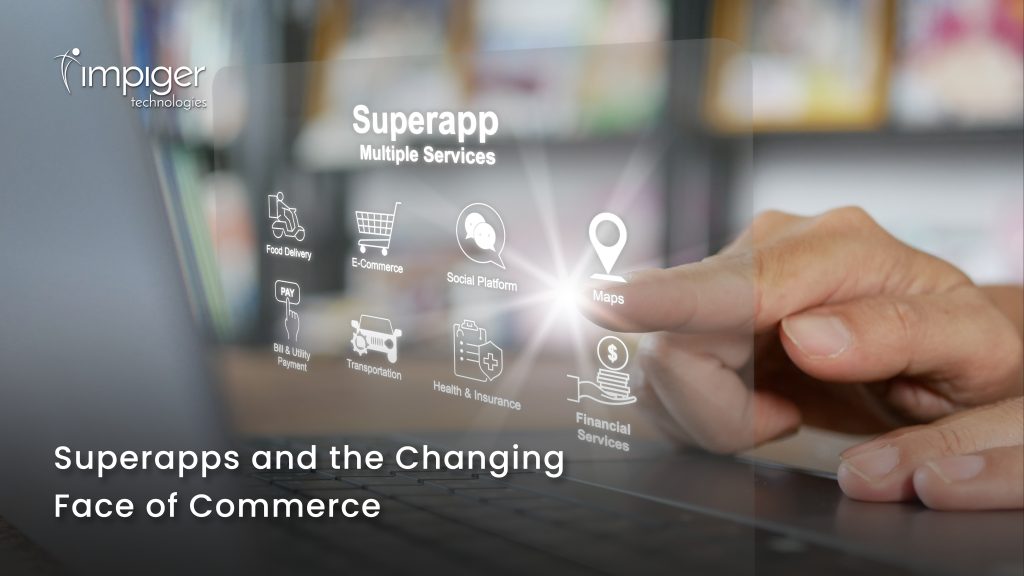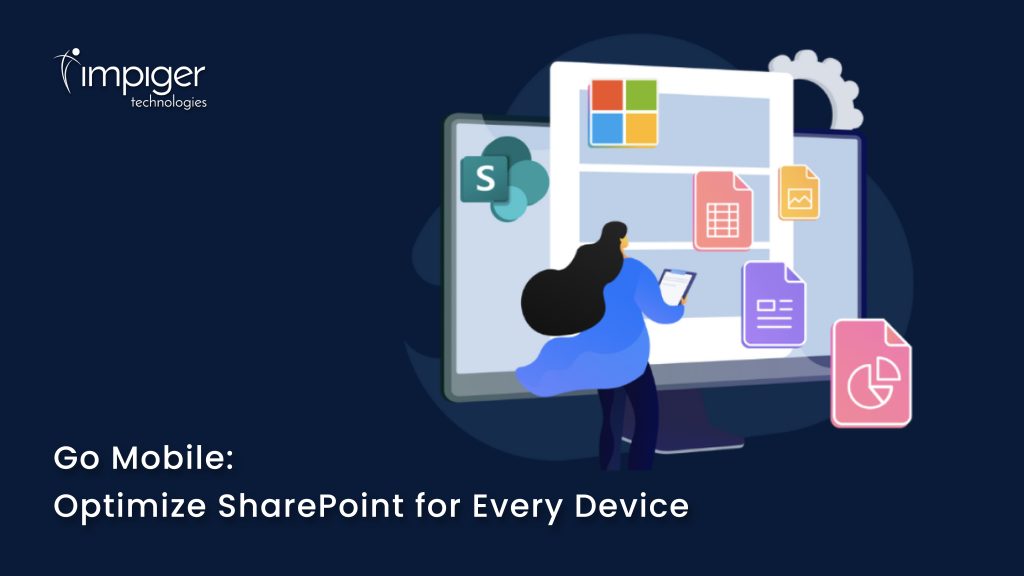In a world increasingly focused on sustainability, workplaces are embracing green practices to minimize their environmental footprint. Beyond solar panels and energy-efficient buildings, the digital transformation of workplaces plays a pivotal role in advancing sustainability goals. At the forefront of this transformation are intranet portals—the silent heroes driving eco-friendly practices and fostering a culture of environmental responsibility.
Let’s dive into how intranet portals are empowering organizations to turn sustainability dreams into reality.
The Digital Backbone of Sustainability
Intranet portals are no longer just internal communication tools; they’ve evolved into dynamic platforms that streamline processes, promote collaboration, and embed sustainability into the fabric of the workplace. Here’s how they make workplaces greener:
1. Paperless Operations: Digitizing Workflows
One of the simplest yet most impactful ways intranet portals contribute to sustainability is by eliminating paper-based processes. From digital forms and contracts to e-signatures and automated workflows, intranet portals help organizations reduce their dependency on paper.
- Document Management Systems (DMS): Employees can upload, share, and store files securely, reducing the need for printed documents.
- E-Forms: Instead of printing forms, employees can fill out and submit them digitally through the intranet.
Impact: A medium-sized company transitioning to paperless processes can save thousands of trees annually.
2. Eco-Friendly Collaboration
Gone are the days of printing meeting agendas or commuting for team discussions. Intranet portals make collaboration seamless and sustainable through:
- Virtual Meeting Tools: Integration with platforms like Microsoft Teams or Zoom for remote collaboration.
- Shared Workspaces: Teams can work together on projects, brainstorm, and share ideas digitally.
- Real-Time Updates: A centralized space to announce and track green initiatives, ensuring everyone stays informed without additional print materials.
Impact: Reducing unnecessary travel and printing needs cuts carbon emissions and energy use significantly.
3. Promoting Awareness and Engagement
Sustainability thrives when employees are informed and motivated. Intranet portals are powerful tools for raising awareness and encouraging participation in green initiatives.
- Green Dashboards: Track and display real-time metrics like energy consumption, waste reduction, or carbon savings achieved by the organization.
- Interactive Campaigns: Gamify sustainability efforts with leaderboards, quizzes, or competitions, such as who can save the most energy or recycle the most waste.
- Educational Resources: Provide employees with access to sustainability-related content, such as eco-friendly tips, training materials, and success stories.
💡 Example: A company can use its intranet portal to launch a “Plastic-Free Office” campaign, rewarding employees for reducing single-use plastics.
4. Streamlining Remote Work
Remote work is inherently eco-friendly, reducing the need for daily commutes and the energy consumption of office spaces. Intranet portals make remote work efficient and sustainable by offering:
- Cloud-Based Access: Employees can securely access files and tools from anywhere.
- Task Automation: Automated reminders and workflows reduce manual tasks, enhancing productivity while cutting energy use.
- Employee Well-Being Resources: Encourage work-life balance with wellness tips and tools, all accessible via the intranet.
Impact: A single telecommuting employee can reduce greenhouse gas emissions by approximately 3 metric tons per year.
5. Fostering Green Supply Chains
Sustainability doesn’t stop at the office—it extends to partnerships and supply chains. Intranet portals can support eco-friendly procurement and supplier engagement by:
- Digital Vendor Portals: Manage contracts and communications without paper trails.
- Sustainability Scorecards: Evaluate and share the environmental performance of suppliers.
- Green Procurement Policies: Centralize and enforce procurement guidelines that prioritize sustainable products and services.
Impact: Encouraging sustainable suppliers reduces the overall environmental footprint of the organization.
6. Energy Management and Optimization
Intranet portals can integrate with IoT devices and energy management systems to monitor and optimize energy consumption across office spaces.
- Smart Scheduling: Automate lighting and HVAC systems based on office occupancy.
- Energy Usage Reports: Share detailed insights on energy consumption patterns and suggestions for improvements.
- Employee Feedback: Use the intranet for employees to report energy inefficiencies or suggest improvements.
Impact: Optimizing energy usage can save millions of dollars and significantly reduce carbon emissions.
7. Green Communities and Volunteering
An intranet portal can become a hub for building green communities within the organization. Employees can connect, volunteer, and collaborate on sustainability projects through:
- Volunteer Portals: Organize eco-drives, tree-planting events, or community clean-ups.
- Green Idea Forums: Crowdsource innovative ideas from employees to improve sustainability practices.
- Recognition Programs: Highlight employees or teams making significant contributions to green goals.
Example: A company might create a “Green Heroes” wall on its intranet to celebrate employees championing sustainability efforts.
The Future: AI-Powered Green Intranets
The next evolution of intranet portals lies in AI and machine learning. Imagine a system that:
- Predicts Energy Savings: Suggests energy-saving measures based on usage patterns.
- Encourages Sustainable Behaviors: Nudges employees toward greener practices, such as carpooling or using reusable cups.
- Tracks Carbon Footprints: Offers a personalized breakdown of each employee’s carbon impact and tips for improvement.
Final Thoughts: Building a Sustainable Future with Intranets
Intranet portals are more than just digital tools; they are enablers of a sustainable future. By digitizing workflows, fostering collaboration, and promoting green initiatives, they help organizations achieve their sustainability goals while enhancing productivity and employee engagement.
As businesses strive to balance profitability with responsibility, intranet portals stand as a testament to how technology can drive meaningful change.
Ready to make your workplace greener? Leverage the power of intranet portals and take a step toward a more sustainable future today.











